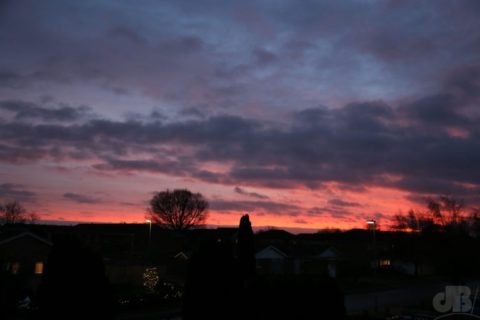Although we in the Northern hemisphere are fast approaching the Winter Solstice and the feeling of the nights drawing out again. There is a seeming paradox that for a few days more sunrise will continue to get later in the day although sunset will be nudged back ever so slightly.

Indeed, as I write this, there is light in the South-eastern sky, it’s 07h40 but sunrise does not occur until 08h04. Sunset will happen at 15h47 with those starling murmurations taking place hopefully during the 30 minutes or so around that time.
The Solstice occurs on the 21st December at22h22. On that day, sunrise will be two minutes later than today, and sunset will be at 15h48. Giving us the shortest day. However, sunrise will continue to get later for several days after. On New Year’s Eve, it will be 08h08, but sunset will also be a little later at 15h56 and the daytime consequently ever so slightly longer.
Across the Northern Hemisphere, the earliest sunset always occurs a few days before the Winter Solstice and the latest sunrise several days after. This seeming paradox is simply an artefact of the way we set the calendar and our time-keeping methods and the fact that the Earth’s orbit around the Sun is an ellipse not a circle, so time measured by watching a sundial varies throughout the year when compared to the time set by your mobile phone. The solar day near the Winter Solstice is in fact more than 24 hours. Whereas our clocks keep it as close to 24.00.00 as possible…